- 101 Posts
- 11 Comments

 1·18 days ago
1·18 days agothis isn’t advice either but I hear a lot of people say not to time the market, just “hodl”
https://www.morganstanley.com/atwork/employees/learning-center/articles/cant-time-market
not everyone has to be good at it, but it’s often about just following instructions, or maybe you didn’t have good teachers, if you’d still like to improve with it
http://www.khanacademy.org/ is one resource for learning up to high school math I think
the “higher” math seems more conceptual than it is focused on calculations
I mean in school they often had us calculate a lot of things by hand, but we have access to computer calculators and computer programs which can do the calculating for us. So idk there can be a different approach to “doing math” when you aren’t expected to calculate by hand but just to plug in the right numbers for a calculator or computer program to calculate for you
It can be like following the step-by-step recipes for baking, doing some math

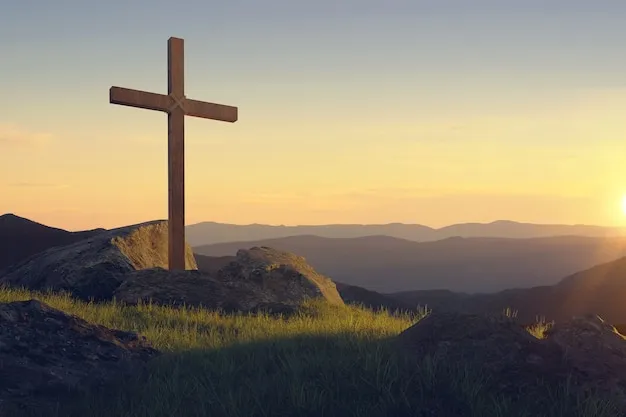 1·18 days ago
1·18 days agoSede View at a Minimum
I forget Lovs if I have posted about my developed thoughts on this situation as time’s gone on, but I think basically right now we have the sedevacantist view which in some way I think at a minimum all Catholics need to adopt (the view that Catholics currently have no pope, and Vatican 2 must be rejected)
Clergy Issue with Sede View
However, the sedevacantist “pure” view is kind of cornered: they have no pope, yes, but much more than that, no clergy with ordinary jurisdiction. This seems to logically imply to me that there must be Catholic clergy in the Vatican 2 church.
Another Western Schism?
The only way to “have this both ways” then I think is to think of the situation as a kind of “virtual schism” like the Western Schism was. During the Western Schism, there were two antipopes and a pope and confusion about if there was a pope at all or who the pope was, for 40 years. Those Catholics following antipopes were not considered to be formal schismatics, nor even “material” schismatics, but fully Catholic.
Implying a Future Resolution
Likewise today I think most people conventionally think Vatican 2 is Catholic and Francis is the pope of Catholicism - if this is incorrect, as sedevacantists assert, it doesn’t seem that such people are to be considered to be non-Catholic for erronenously following a big institution that purports to be the Catholic Church. I think there is instead a “genuine confusion” and therefore that the remedy to this will have to be the whole Vatican 2 church along with the scattered “independent” traditionalist groups all coming together, affirming a rejection of Vatican 2, and proceeding to elect a pope who is actually Catholic. This will have to mirror the papal election that ended the confusion of the Western Schism, where the pope and antipopes resigned mutually and then a pope was elected and agreed upon and the confusion was ended (Martin V was elected at the Council of Constance).
Alternative Proposed Resolutions
A lot of the alternative view seems to go in some “independent” direction, which has led to a bunch of schisms, no one agreeing on things, strained small groups, people without authority being thrust into leadership positions, and so on. This has implied to me a need for a more “total” solution that “converts” the V2 church back to Catholicism, rather than set up an enduring “independent” entity. A minority simply thinks there is no pope nor clergy today and awaits the end of the world, some “home alone sedevacantists”. My main problem with this view is simply that the world continues, now even decades after they have been thinking the world will end “imminently”. Another alternative view was the idea sedevacantists should just elect a pope separately of their own and forget the V2 church (“conclavism”). This has been attempted, but never really took off, and to me again implies a need for a “bigger” solution to the problem. Then there are all these various “independent” religious organizations or chapels, who are often in disagreement with one another, are disorganized, and are scattered. I don’t think they have authority to operate (they lack ordinary jurisdiction), but in themselves whatever is to be said of them, they’re not a long term solution that addresses how Catholics are to get a pope, unless they are a variant of a group waiting for the end times. So I haven’t really liked this approach and attempts at organization have been thwarted with disagreements and schisms.
Conclusion
The groups like in the OP are a temporary and necessary attempt to separate from a formerly Catholic system which is “off kilter”. However, I tend to think the Vatican 2 church can and must be “reformed” back to pre-Vatican 2 traditional Catholicism, rather than that Catholics will end up leaning in to these fractured “independent” entities for the long term. Somehow the world must become convinced of the sedevacantist position, which will lead naturally to a resolution with the election of a future pope who will be Catholic without question.

 2·18 days ago
2·18 days agoon the Catholic front Fr. Lasance comments on this topic in “My Prayer Book”, p. 55: https://archive.org/details/MyPrayerBookHappinessInGoodness/page/55/mode/2up
Attempt at Summary
The heresy of Jansenism in the 1600s tended towards a strict view of salvation that only a few would be saved. Over the centuries we are now tending towards the other condemned view of “universal salvation”, or that all will be saved no matter what. A common opinion of theologians is that “few” will be saved, but we know not how many.
Fr. Lasance writing in the early 1900s mentions that it is permitted to believe that a majority of Catholics will be saved, or the majority of mankind; Catholics have not authoritively stated we must believe this number or that number will be saved.
People are simply encouraged to strive to be among the few; if only a few are saved, then hopefully they are among that number, and if many are saved, then they should also be among that number:
If you want to be certain of being in the number of the Elect, strive to be one of the few, not one of the many. And if you would be quite sure of your salvation, strive to be among the fewest of the few. -St. Anselm
Strive to enter by the narrow gate; for many, I say to you, shall seek to enter, and shall not be able. Luke 13:24
(Note on Feeneyism and Opposite Error of Universal Baptism of Desire)
(A parenthetic note that today there is a “strict” error Catholics have had to deal with dubbed “Feeneyism”, or the view that only the water baptized may be saved. Catholics have acknowledged that one may be “baptized by shedding their blood” or “baptized by virtue of desiring baptism”. There are many examples of martyrs who were not baptized by water, but “by their blood”, who are considered to be saints, or among the saved. I think this error of “Feeneyism” came about in reaction to an opposite error of “universal salvation by baptism of desire”, or modernists arguing “everyone has an implicit desire for baptism, whether they know it or not”. In effect they were arguing that almost everyone will be baptized, simply because they have an unknown desire for baptism, and therefore will be saved. This seems to plainly conflict with people who are aware of a need to be baptized by water, but who for whatever reason do not go and receive baptism, nor make any attempt to do so; the counter-argument would be here that there are at least some people who have had a desire for baptism they haven’t acted on or have opposed, which would be considered to be “morally imputable”. In any event, I think these are twin erroneous tendencies, with “Feeneyism” taking a strict incorrect approach, with the “universal baptism of desire” approach, which is unnamed, having an incorrect “broad” view of things, and with Catholics taking a “moderate” position that some may be “baptized by blood or desire” and be saved. For another thread but it ended up coming up in response to this post naturally… I have heard some young people have become attracted to the idea of “Feeneyism” as a “strict” reaction to some “broad” erroneous attitudes today)

 1·18 days ago
1·18 days ago“it’s just the right thing to do, whether the law says so or not”
Trump or civil rights activists?

 2·19 days ago
2·19 days agoany tips on how your’e profiting from it

 2·19 days ago
2·19 days agoshould be some human intermediary with ai decisions, I’ve seen ai go wrong plenty of times. I just asked for a calendar date of like easter the other day and got the wrong date for this year, which I only caught because I doubted it was correct based on some vague idea of what date I was looking for already

 4·28 days ago
4·28 days agoI’m fine with keeping downvotes out because bots will swarm downvote content
yet, if on the other hand you wanted to enable them for the lulz, it could be tried

 1·1 year ago
1·1 year agoActually you might be surprised (as I was) to learn the majority of farms in the U.S. are still family-owned (2020): https://thesustainabilityalliance.us/ninety-eight-percent-us-farms-family-owned/
“In the most extensive poll of how U.S. farmers and ranchers plan to vote for president, respondents overwhelmingly say they’ll support a Republican, and among those, 40 percent say they will support Donald Trump.”
So most farmers seem to be right-wing?
Anyway, the OP meme was reacting to how some writer thought that supporting you local farmer’s market is “fascist”…
You may also be aware that for all of capitalism’s faults, the standard of living has generally increased for the poorest under capitalism: https://fee.org/articles/extreme-poverty-rates-plummet-under-capitalism/
So, I guess my question is what specific problems are you trying to solve, and how might we solve them? A “free market” doesn’t automatically fix these problems, any more than regulations automatically fix these issues. Problem with regulations is it makes it harder to start up a farm yourself for example: you have to comply with all these rules that make it cost-prohibitive to run small operations. Problem with “free market” like for housing is certain private entities buying up real estate (homes) and then renting it out.
So I guess have you thought about how these problems might be solved together, or do you think there are mutually exclusive approaches (only one side is right)? I think the rightwing side is “right”, but I also identified like with housing how a “free market” approach also allows bad outcomes. However regulation of housing makes it more expensive to provide housing, leading to a lack of a supply of affordable housing and subsequent homelessness.
Anyway if you’d like to discuss it and try to make progress on the problems, that would be nice. Adieu @webghost

 1·1 year ago
1·1 year agowhy dont incels just embrace celibacy voluntarily and become volcels
Moderates


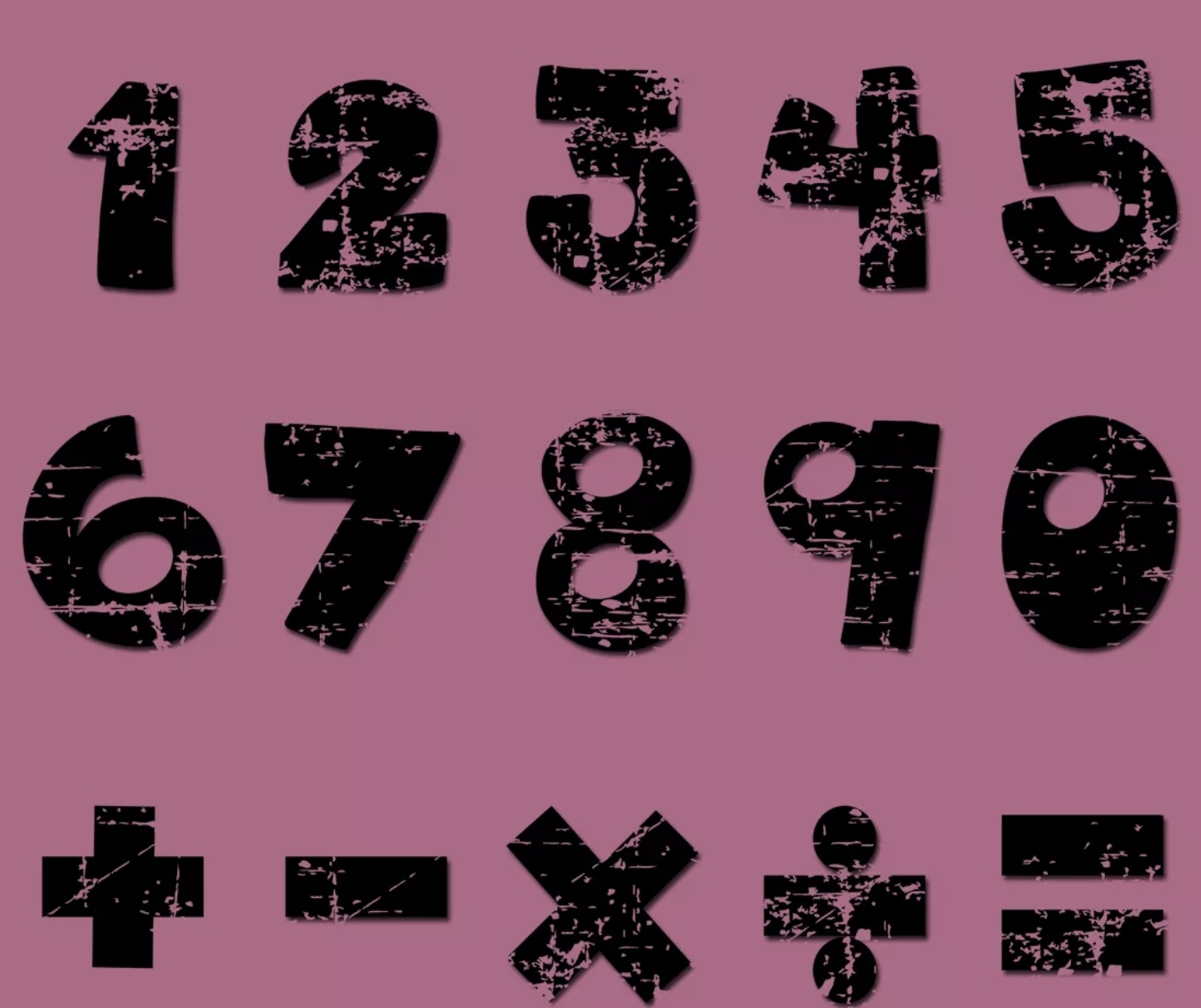
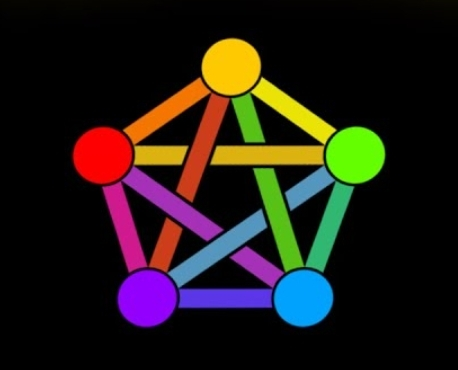





- Language@hilariouschaos.com

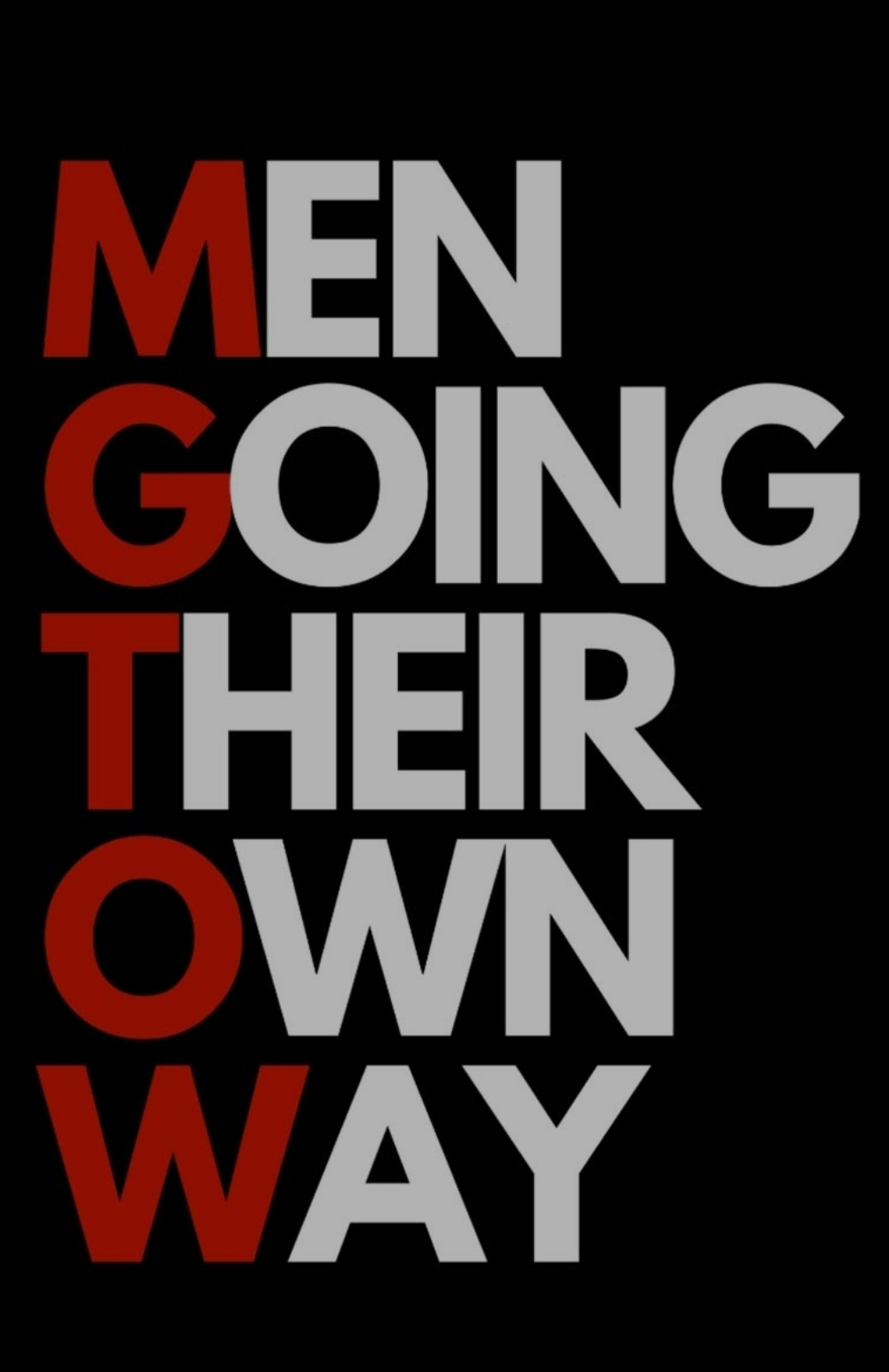
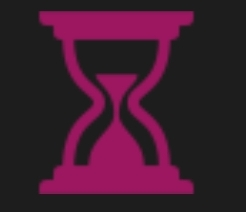




- Food@hilariouschaos.com






I mean, yes and no
this simultaneously exposes therapy as “less scientific” (meaning, it’s not as step-by-step as other hard sciences like math where calculations follow definitely) while also affirming that many “wholesome” activities in life are “therapeutic” naturally